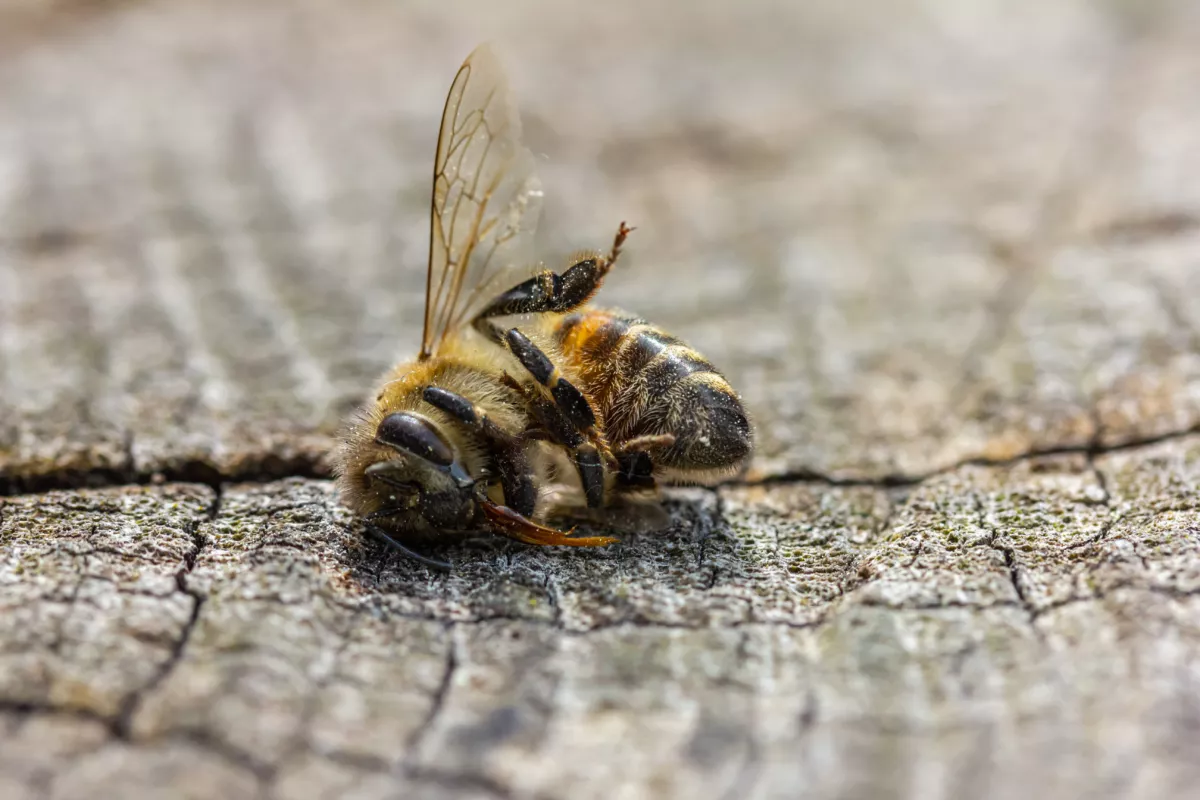Ontario’s Forests: Why Are We Still Spraying Glyphosate?
By Stan McDonald
Ontario forests are being sprayed with glyphosate—a chemical linked to cancer and environmental harm. From Crown land to bush lots, this widespread practice affects not only the forest ecosystem but also our farms, water, wildlife, and communities. Overspray threatens private lands, streams, lakes, ponds, livestock, vegetable gardens, local hunting, and traditional food sources. Why not plant trees by hand and create meaningful, sustainable jobs instead? 1,2
Why Spray?
Forestry companies and government agencies spray glyphosate mainly to suppress fast-growing deciduous species—like poplar and birch—that compete with the commercially valuable conifers we plant for timber. The goal is a uniform stand of pines and spruces to meet long-term forest management and timber supply goals. Brushing and mechanical thinning are alternatives, but are far more labour-intensive.3,1
What Chemical is in the Spray—And What Does it Do?
Glyphosate, the world’s most widely used herbicide (famous as Roundup®), is a weed killer designed to eliminate unwanted plants. It is a non-selective herbicide—meaning it kills most vegetation it contacts. Since the 1970s, glyphosate’s use has increased dramatically in agriculture and forestry. Now, thousands of hectares of Canadian forests are sprayed by helicopter every year, even though the International Agency for Research on Cancer classifies glyphosate as “probably carcinogenic to humans.” Canadian regulators maintain it’s safe when used properly, but recent court decisions have called for more up-to-date scientific review—much like the post-market evaluation debates over COVID vaccines.4,2,1
Overspray poses real risks: reduced biodiversity, harm to insect and wildlife food sources, and possible entry into surface and groundwater. For nearby farms, hunting grounds, berry patches, and fishing spots, this means direct exposure for people, wild game, and fish. Think about moose and deer organs, local fishing and spawning, and even family vegetable gardens—do we really want chemicals here? Remember Agent Orange in Vietnam? Ontario has enough chemicals—a precautionary approach is overdue.
Who’s Speaking Out?
Indigenous communities, local governments, and many citizens have objected to the continued use of glyphosate. The municipality of West Nipissing and groups like Nipissing First Nation call for an immediate moratorium—citing uncertain health risks, environmental impacts, and insufficient independent research. In Quebec, glyphosate use on Crown land was banned in 2001. Thanks to public pushback, some forestry companies in Ontario have halted glyphosate spraying this year.5,6,7,2,1,4
There’s a Better Way: Plant By Hand, Create Jobs
Manual planting and thinning can support a healthier, more diverse forest while creating meaningful work for Ontarians. Tree planting crews are already in high demand for restoration and reforestation projects, and jobs abound for those willing to plant or maintain woodlots the right way. Why not invest in people, not chemicals?8,9
Public Health & Environmental Violations
It is further noted that approving, enabling, or failing to regulate development, which exposes local residents to the application of toxic chemical sprays—commonly used on golf courses and associated landscaping—constitutes a flagrant violation of international, federal, and provincial laws protecting human health and the environment.
Under international law, states have an explicit duty “to prevent exposure to pollution, toxic industrial chemicals, pesticides, wastes and other hazardous substances” in order to protect the rights to health, life, and access to a clean environment (United Nations Human Rights Council Report, A/HRC/33/41, 2016; OHCHR Press Release, 21 Sept 2020).
Don’t lose touch with uncensored news! Join our mailing list today.
In Canada, it is a violation of both the federal Pest Control Products Act and Ontario’s Safe Drinking Water Act, 2002, to allow chemicals—including herbicides such as glyphosate and 2,4-D—to contaminate public air and water supplies without full risk assessment and regular independent testing. Ontario Regulation 169/03 sets strict limits on pesticides in drinking water, and failure to comply can result in fines, license revocation, and legal action.
Exposing the community to harmful chemical spray constitutes “unnecessary health risk” through inhalation and “potential contamination of the local water supply” via runoff and groundwater infiltration (Canadian Water Compliance, 2025). Such conduct breaches the state’s and municipality’s duty to minimize public health risks, ensure water safety, and safeguard the community from toxic exposure.
Take Action
Ask Minister Mike Harris, MPP, and Ontario’s Ministry of Natural Resources to reconsider glyphosate spraying in our forests. Demand alternatives that support both healthy ecosystems and good jobs—like planting seedlings by hand, brush cutting, and sustainable forest management.
Why Spray Glyphosate? The environment, our health, and our best values say: we shouldn’t—there is a better way.
Learn more and demand change. Contact Minister Mike Harris, MPP, today.
Mike Harris MPP, Minister of Natural Resources
Whitney Block 99 Wellesley Street West Toronto, ON M7A 1W3 (416) 314-2301
Constituency Office, Kitchener–Conestoga, Elmira
Unit 3 & 4, 63 Arthur Street South Elmira, ON N3B 2M6 (519)669-2090
Stan McDonald is a Canadian entrepreneur and metalworker dedicated to community advocacy, legal reform, and honest public discourse. He challenges authority when it fails everyday Canadians, valuing honesty and integrity while writing on property rights, sovereignty, government accountability, and small business solutions.
Sources
- nfn.ca/statement-nfn-calls-on-ontario-to-stop-harmful-glyphosate-spraying-in-nipissing-forest
- ecojustice.ca/news/federal-court-rules-canadas-approval-of-glyphosate-product-unreasonable
- watershedsentinel.ca/articles/stop-the-spray
- cbc.ca/news/canada/sudbury/interfor-glyphosate-spraying-cancelled-1.7617327
- ctvnews.ca/northern-ontario/article/company-wont-spray-controversial-herbicide-in-northern-ontario
- metisnation.org/news/mno-calls-on-ontario-to-immediately-suspend-aerial-spraying-of-glyphosate-based-herbicides-in-ontarios-forests
- cbc.ca/news/canada/sudbury/forestry-herbicide-ban-ontario-1.7610057
- maisonneuve.org/article/2022/01/25/giving-glyphosate
- ca.indeed.com/q-tree-planting-l-ontario-jobs.html
- reddit.com/r/treeplanting/comments/1lbms7m/i_want_to_start_tree_planting_any_good_companys
- thelandbetween.ca/2022/01/environmental-impacts-of-glyphosate-in-ontarios-forestry-industry
Explore More...











